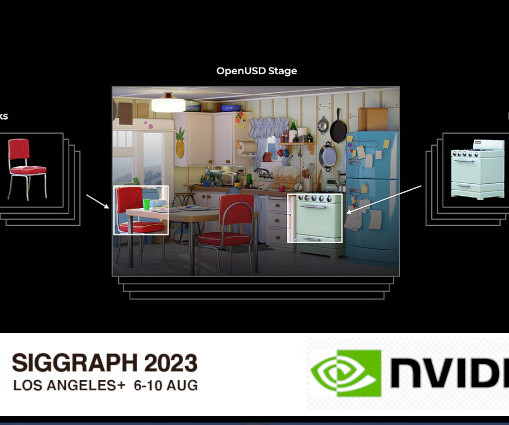HoloLens Inside-out Tracking Is Game Changing for AR & VR, and No One Is Talking about It
Road to VR
SEPTEMBER 20, 2016
When accuracy and latency isn’t low enough, the augmented objects swing around with your head and your brain doesn’t consider them part of the world. HoloLens’ inside-out tracking is better than anything we’ve seen from other big names in AR, including Magic Leap and Meta.











Let's personalize your content